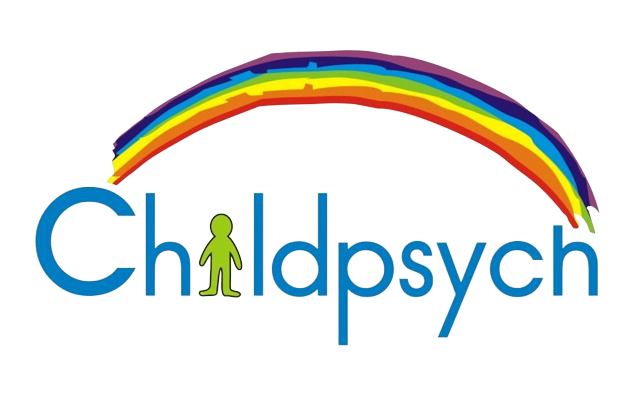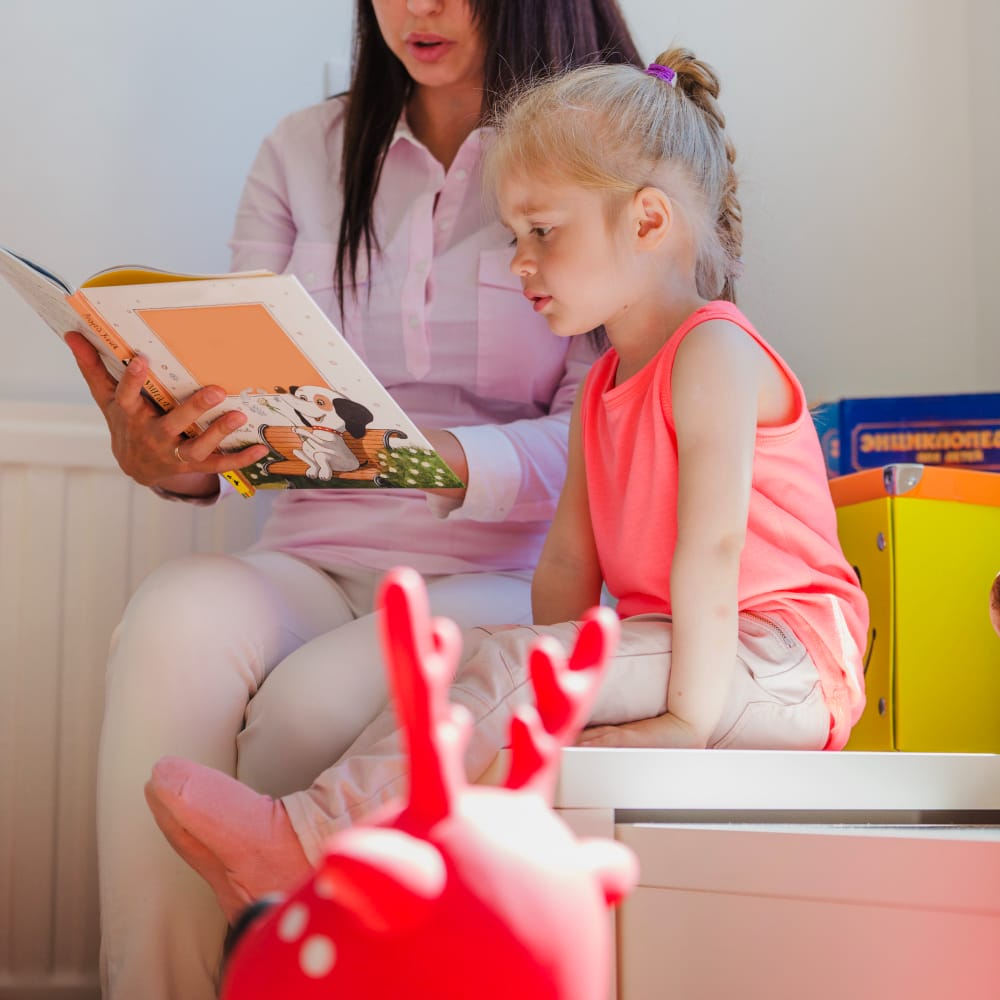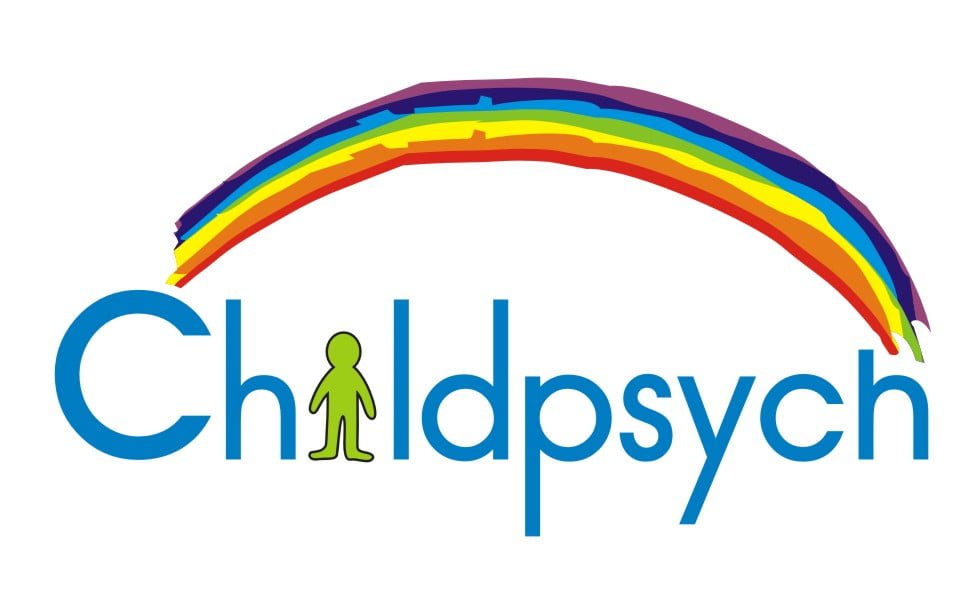
There are several useful strategies that parents can make use of when reading with their children at home, as we need to bear in mind that children are individuals and one method is not necessarily going to work for every child.
Paired reading becomes useful, as instead of listening to the child read, the parent reads with the child and this is how you do it
Step 1: Reading together
- Sit close to your child so you can both see the book; relax and make sure you are both comfortable.
- Explain that you are both going to read the story at the same time. You need to read at your child’s pace
- It’s important to make sure your child looks carefully at each word, so encourage him to point to the words as he reads them.
- If your child gets a word wrong or struggles for more than 5 seconds, just say the word correctly for him. He must repeat the word and then you both continue together as before.
Step 2: Reading alone
- As your child becomes more confident he may want to read part of the story alone, so it is useful to decide on a signal (a knock on the table or a tap on the page) which the child will give when he is ready to read alone
- When your child gives his signal you stop reading straight away and let your child carry on.
- Once more, when he struggles for more than 5 seconds, you read the word out loud. Make sure he repeats the word.
- Then, you both go on reading out loud together until your child decides he wants to read alone again.
There are some things you need to remember when using this method:
- Make sure you choose a time when there are few distractions.
- Read every day but approximately 15 minutes is long enough.
- Make it fun! Talk about the pictures and laugh at the story if it’s funny. Try to predict what might happen next.
- Give your child lots of praise.
- Don’t go on about the words he gets wrong
- Don’t ask him to sound it out or break it up
After the paired reading strategy, parents can use the 3P strategy, which is useful for a child who has more automatic decoding skills as well as for readers who are not entirely fluent and struggle with the comprehension side of reading. The key to using the strategy is that the parent listens to the child reading aloud and corrects mistakes where necessary but in doing so the focus remains on praising the child and avoiding negative responses to the mistakes at the child makes. As the strategy is based on meaning, it encourages the child to think about what is being read. So how is the strategy used? The 3 P’s stand for Pause, Prompt and Praise.
Allow your child to start reading on his own and listen carefully to him. If he makes a mistake, pause and give him time to work out the unknown word for himself. Praise him if he is able to decode the word for himself but of he can’t then you intervene with a prompt. These can be any of the following:
- Starting at the beginning of the sentence again and reading to the end of the sentence making use of context clues
- Look for a picture to help identify the word.
- Use the first letter of a word to predict what the word may be.
- Encourage your child to break the word down or help them to identify endings on known words (such as go-ing).
- Encourage them to sound out the word alternatively sound out the word for your child and see if he can put the sounds together.
- If necessary simply give your child the word, discuss the meaning of the word and continue.
If while reading, your child reads a word incorrectly encourage him to consider the context that the word appears in to see if he can work out whether the word fits or not. Remember to praise any corrections that he makes. It is essential that you do not let your child struggle for long periods of time over difficult words because not only does this interrupt the flow the story, it makes your child become very stressed and they are going to quickly lose interest in reading.
Related articles:




